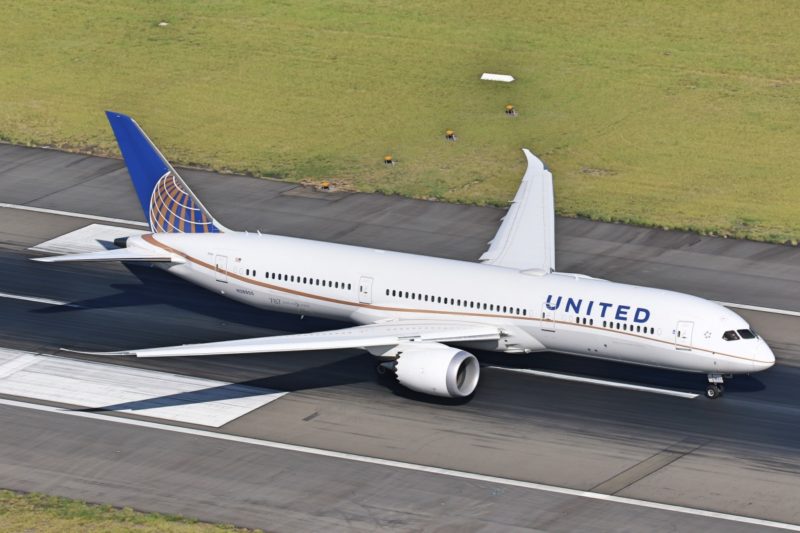Fifty metres above Sydney’s sprawling international airport, a team of highly skilled Air Traffic Controllers assume control of Australia’s busiest air transport hub. These controllers tackle unpredictable weather, emergencies and, in normal times, an ever-growing volume of traffic.
SamChui.com was granted a behind-the-scenes look at Sydney Tower; including the people who keep Sydney Airport moving and the game of “3D chess” that plays-out 24/7.
Mitch Hows has been controlling Sydney Airport for three years, ensuring expeditious traffic flow and handling critical emergencies. Whether it be clearing the final Qantas Boeing 747 for take-off or guiding a fuel-starved Dreamliner for an emergency landing, he and Sydney’s controllers are crucial pieces in Australia’s aviation jigsaw.
Stories from the Tower
Being a major aerodrome, Sydney rarely receives Mayday calls from commercial aircraft. In October 2018, however, a fuel shortage onboard a United Airlines Boeing 787 saw Mitch responding to a full-scale emergency incident. Under the previous emergency procedures, this incident saw roads around Sydney Airport close, flights halted and 15 ambulances lined-up along the taxiway.

At 06:40 flight UA839 landed safely, taxied to Gate 50 and concluded what Mitch describes as “hands down, the most anticlimactic emergency ever”. Following the incident “all the emergency documentation changed”.
Unique Challenges
Curfewed from 23:00 nightly, Sydney is the subject of intense political debate over flight paths and capacity. However, Mitch explains that the airport’s design is ultimately controllers’ biggest challenge.
“Everything about Sydney’s layout poses a challenge. Even the terminals, which would normally sit in the middle of parallel runways, are located where risky runway crossings become inevitable.”
As long-haul traffic has grown in Sydney, controllers have struggled to balance landing between Sydney’s parallel runways; with the shorter 16L/34R often being unsuitable for larger aircraft, ultimately leading to uneven wear-and-tear. Even when clear of the runway, aircraft larger than an Airbus A330 often have to take extended taxi routes; this being due to numerous taxiways not being able to support the additional weight.
Controlling Sydney
Sydney Tower operates 24/7 and, despite having a curfew until 06:00, some exempt aircraft continue to operate overnight; including the BAe 146 “Curfew Buster” cargo jets, as well as medical and military flights. Throughout the coronavirus pandemic, cargo aircraft as large as the Boeing 737-400 have received such exemptions due to diminished traffic levels. Exempt aircraft must land on Runway 34L and depart off Runway 16R.
Although the tower still operates on paper flight strips, the tower will undergo refurbishment within 2 years, and the new INTAS glass system will be introduced; which will include digital flight strips. Unlike movie portrayals, where junior controllers are theatrically forced to spend hours writing on strips, the Clearance Delivery controller takes printed strips and delivering them to the appropriate controller for departure.
At Sydney Airport, up to six controllers oversee operations; with each being given a particular role when on duty. All controllers are trained to operate in any position, rotating positions throughout each shift.
- Aerodrome (Tower) West: Responsible for the longer Runway 16R/34L and the airspace above up to 2000 feet. This 4km-long runway was a dedicated emergency landing site for the Space Shuttle until 1986.
- Aerodrome (Tower) East: Controls Runway 16L/34R and the immediate airspace above up to 2000 feet.
- SMC (Ground) West: Responsible for ground traffic around the international terminal and the western side of the airport.
- SMC (Ground) East: Responsible for the domestic terminals and the eastern side of the airport
- Clearance Delivery: Issues clearances and coordinates with aircraft before departure.
- Coordinator, Tower Shift Manager: Two positions, which are often combined into one. The Coordinator is responsible for directing tug traffic, as well as dealing with emergencies. The TSM holds operational command authority over the tower, also overseeing decision-making during the shift.
Life of a Controller
Air Traffic Control for Mitch is “a passion.”
“I love my job for two key reasons: the dynamic, fast-paced decision making, as well as the direct impact you see from that. Overall, the satisfaction of the job is really fantastic.”
The job is mentally fatiguing, but comes with a natural aptitude that Mitch “feels so fortunate to possess”. He notes that the job becomes more stressful when decisions are not made ahead of time, particularly when controllers need to rectify previous mistakes.
“You can choose to pursue en-route Air Traffic Control and remain in a major city. You can travel the world and work in a tower as big as Sydney or a small regional airport. There are so many possibilities.”
Mitch Hows, ATC at Sydney Airport
"control" - Google News
April 20, 2021 at 02:30PM
https://ift.tt/32rWyon
Inside Sydney's Air Traffic Control Tower - SamChui.com - Sam Chui
"control" - Google News
https://ift.tt/3bY2j0m
https://ift.tt/2KQD83I
Bagikan Berita Ini















0 Response to "Inside Sydney's Air Traffic Control Tower - SamChui.com - Sam Chui"
Post a Comment